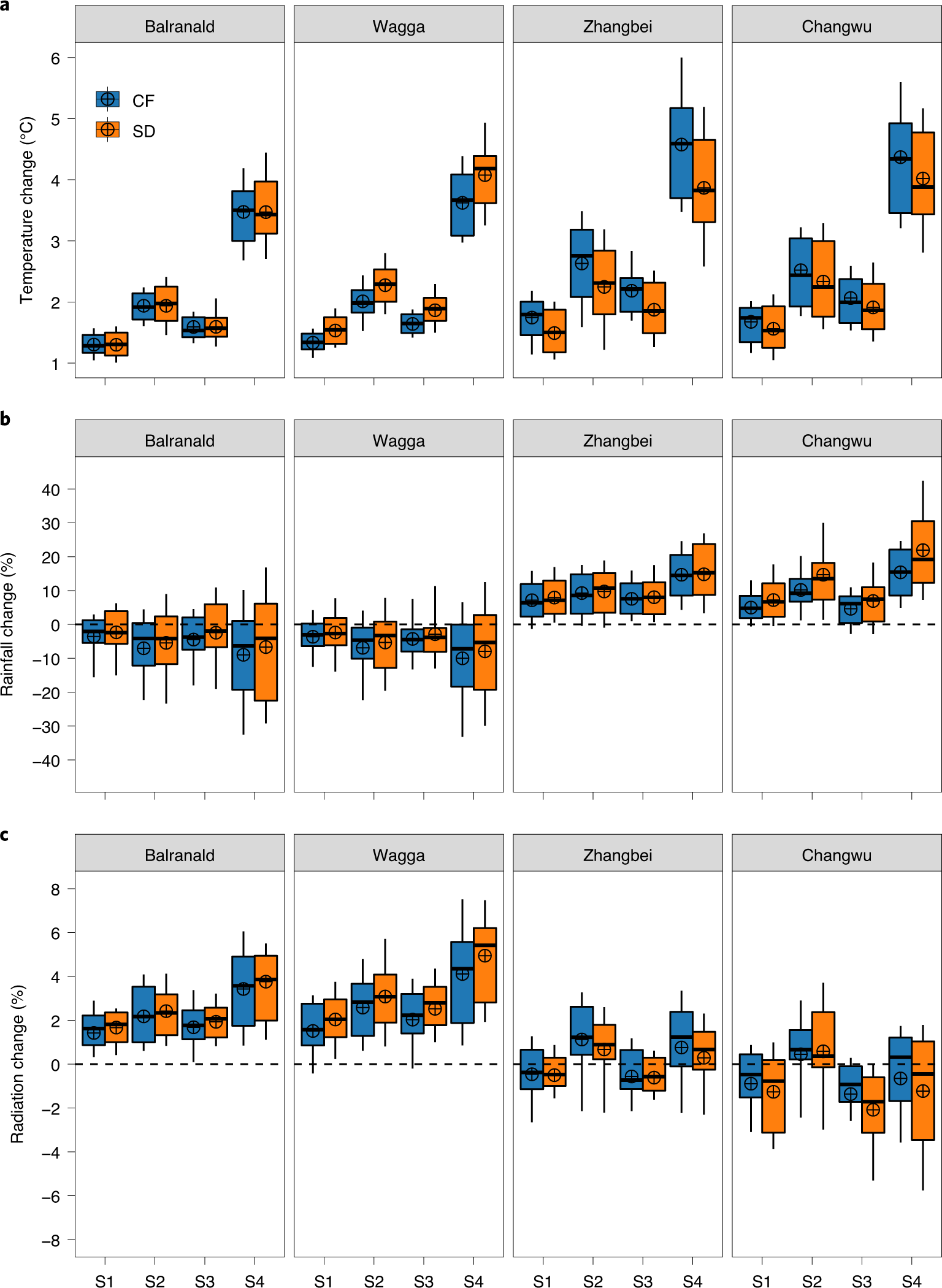

That is, crop models should explain complex phenotypic responses rather than relying on algorithms that simply describe them ( Tardieu, 2003 Hammer et al., 2005 Chenu et al., 2008 Yin and Struik, 2008). Recent studies suggest that while using crop models to tackle the G-to-P prediction problem for application in plant breeding has considerable potential, the adequacy of existing crop models for this task remains questionable ( Chapman et al., 2002 Tardieu, 2003 Yin et al., 2004 Hammer et al., 2006 Messina et al., 2009).Įnhancing the crop modelling capability for G-to-P prediction requires algorithms that represent underlying processes and generate the phenotype of the plant as an emergent consequence of model dynamics. Sinclair and Seligman, 1996), the use of such modelling approaches for G-to-P prediction is in its infancy ( Hammer et al., 2002 Hammer and Jordan, 2007).

While there has been a long history of development and application of crop growth and development models for prediction in crop management (e.g. Progress in crop improvement and particularly in molecular approaches to plant breeding are limited by our ability to predict plant phenotype (P) based on its genotype (G), especially for complex traits like water productivity ( Cooper et al., 2002, 2005). The relevance to plant breeding of this capability in complex trait dissection and simulation is discussed.ĪPSIM, crop model, emergent property, gene-to-phenotype, sorghum, height, nitrogen, plant breeding, RUE, senescence Introduction Introducing these genetic effects associated with plant height into the model generated emergent simulated phenotypic differences in green leaf area retention during grain filling via effects associated with nitrogen dynamics. Genotypes differing in height were found to differ in biomass partitioning among organs and a tall hybrid had significantly increased radiation use efficiency: a novel finding in sorghum. Experiments on diverse genotypes of sorghum that underpin the development and testing of the adapted crop model are detailed.
Apsim source code software#
The model builds on existing approaches within the APSIM software platform. The approach quantifies capture and use of radiation, water, and nitrogen within a framework that predicts the realized growth of major organs based on their potential and whether the supply of carbohydrate and nitrogen can satisfy that potential. It is designed to exhibit reliable predictive skill at the crop level while also introducing sufficient physiological rigour for complex phenotypic responses to become emergent properties of the model dynamics. A generic cereal crop growth and development model is outlined here. Suitably constructed crop growth and development models have the potential to bridge this predictability gap. Irrigation collect the irrigation information to some trials, e.g. date, amount, etc.įertilization collect the fertilization information to some trials, e.g. date, fertilizer, amount, etc.Progress in molecular plant breeding is limited by the ability to predict plant phenotype based on its genotype, especially for complex adaptive traits. TrialSoils collect the soil information to some trials, e.g. trial code, bulk density, no3-n, nh4-n, etc. The trialcode is from table Trials, site from table Sites, and genotype from table Genotypes. Each plot specifies by year, site, row, column which must be unique. Site should come from table Sites.ĭesign specify the design of each plot, e.g. year, trialcode, site, row (range), column (plot), replicate, block, treatment, genotype, etc.
Apsim source code code#
Trials collect basic information about trials, e.g. year, site, trial code (trialcode), sowing, density, depth, row spacing (rowspacing) and researcher and met. But we normally use crop and soil as trait types. There aren’t limitation of trait names and types. Traits collect all information about traits, e.g. name, type, label, unit and description. Genotypes collect genotype name and other information. The valid met types include “daily” and “hourly”. Met specify the information about weather records, e.g. type and filename. The soil must be the same in the table ApSoils. Sites collect the basic information about experiment fields, e.g. name, latitude, longitude, soil, etc. Researchers collect the basic information about researchers, e.g. name, email, etc.ĪpSoils specify the soil name in the ApSoils which distribute with APSIM. A SQLite database is used to store all information of experiment-based data.


 0 kommentar(er)
0 kommentar(er)
